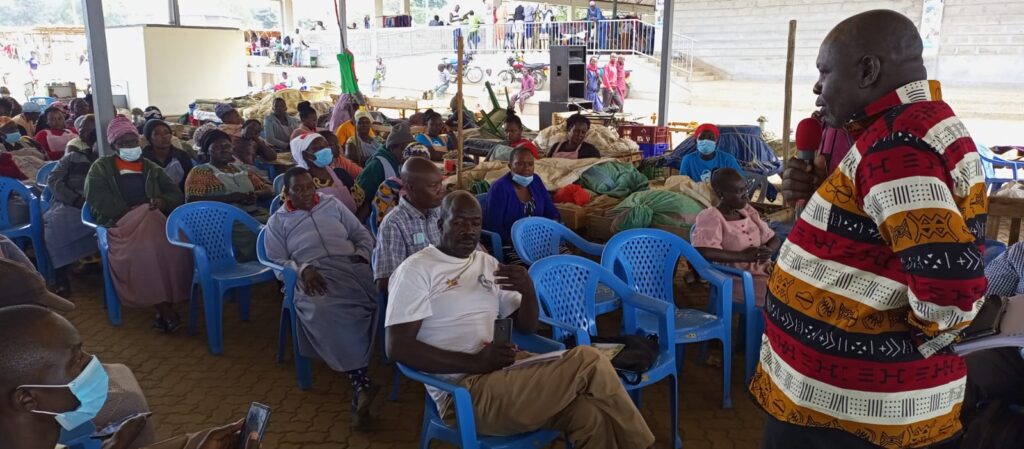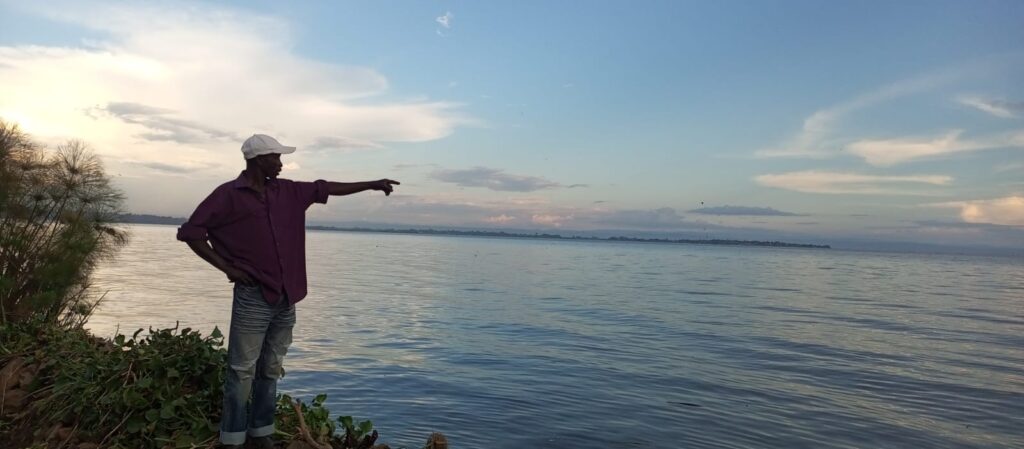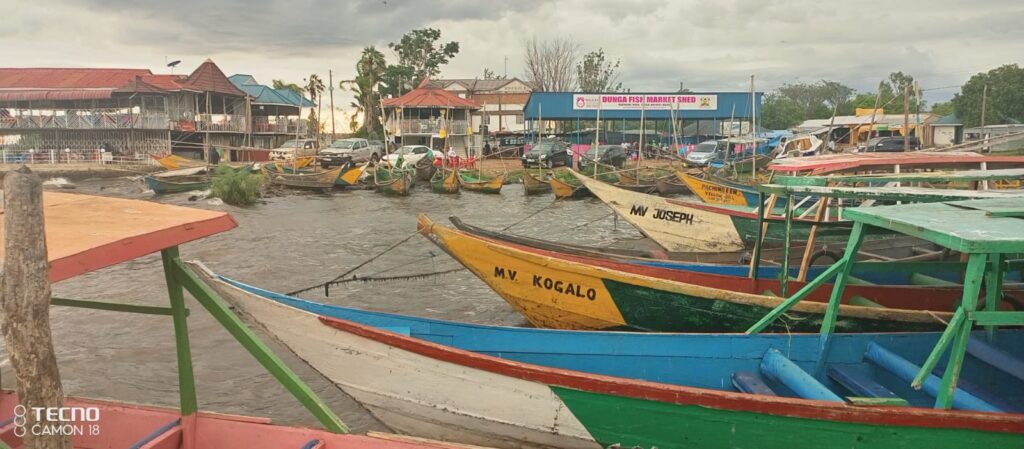Lake Victoria continues to experience stress from natural and human causes.
The stress threatens the existence of the lake, and its resources.
One key indicator of the threats on the lake is the rapid decline in fish production from the lake.
And in a bid to localize the debate on restoring the fading glory of the lake, stakeholders are now expanding the scope of the discussion to involve more players.
Lake Victoria Fisheries Organization (LVFO) has launched a sensitization program aimed at promoting sustainable exploitation of the lake resources.
There are many activities that occur on the lake, hence there needs to be defined boundaries to guide the activities
Anthony Taabu
According to Anthony Taabu, the Deputy Executive Secretary of LVFO, the various stakeholders within the sector are fast recognizing the threats facing the lake, and are willing to join hands and save the situation.

Sensitization
Speaking during a recent sensitization forum at Dunga Beach in Kisumu, Kenya, Mr Taabu noted saving the lake requires not only joint efforts among the states sharing the lake, but also the various stakeholders within the fishing sector.
“That is the reason why we have come here with ujumbe (information) tailor-made for all the sector players to ensure that all of us play their part in saving the lake,” said Taabu.
LVFO is an intermediary of the East African Community mandated to coordinate the management and development of fisheries in the East African Community partner states.
The entity was formed in 1994 through a convention between Kenya, Uganda and Tanzania.
In 2016, the convention was expanded, with the expansion of EAC member states.
According to Taabu, Kenya is currently leading a spatial planning program of the lake.
The plan is expected to demarcate the lake and its resources, and inform policy formulation around sustainable exploitation of the resources.
“There are many activities that occur on the lake, hence there needs to be defined boundaries to guide the activities,” he said.

Unplanned activities
For instance, cage fish farming has become a thorn in the flesh of fishermen who claim the fish farmers are mounting cages in open fishing areas.
With lack of regulations, it has been a challenge controlling the sector.
Open lake fishermen have also had challenges with law enforcers bordering fishing areas and gears.
But Taabu noted that once complete, the plan will sort out these challenges, as well as help with standardization of quality of fisheries resources from the lake.
“We have mainly been producing fish targeting the local and regional market, but we now want to target the international market,” said Taabu.
According to Taabu, the sensitization brings together fishermen, fish processors, traders, fish farmers, the communities (consumers) and various government agencies working around the fishing sector.
He said the sensitization manual alsocontain general information such as handling fish, which include using the correct equipment to put, transport, store and package fish.

Fish production
According to LVFO, the overall fish production in the lake currently stand at 1.5 million tonnes annually.
Omena/mukene takes about 62 per cent of this.
LVFO records further shows that in 2021, the lake produced 916, 000 tonnes of omena.
Kenya alone produces 150, 000 tonnes of fish annually.
Fish is a resource which support a number of livelihoods, but we have seen a decrease in the fish production, which stands at about 2, 000 tonnes of fish annually
Rosemary Raluoch
“We have to pack fish properly, and not stumble on it as it has been done previously,” he said.
According to Rosemary Raluoch, the Chief Officer Livestock and Fisheries at Kisumu County Government, quality and safety of fish is a big concern in the sector.
“Fish is a resource which support a number of livelihoods, but we have seen a decrease in the fish production, which stands at about 2, 000 tonnes of fish annually,” said Raluoch.
She said another 22 tonnes of fish come from aquaculture annually to supplement the natural catch.
“This is not the direction that we want to take as Kisumu County, and we must change the trajectory,” she added.

Pressure on the lake
She said the county government has been supporting alternative production to deflate pressure on the lake.
The government is also supporting governance structures that manage the lake to ensure sustainable exploitation of the lake resources.
We explain to the fishermen how their actions on the lake contribute to the challenges the lake is going through, they see the sense and begin the discussion
Tom Guda
“We support farmers to construct and stock their ponds to produce fish for consumption,” he said.
Currently she said there are 1, 800 households benefiting from the ponds.
Tom Guda, the regional Chair for Beach Management Unit (BMU) said there are 281 BMUs in Kenya joined by local government networks.
The units, he said, have been engaging fishermen to be part of the lake restoration agenda.
“We explain to the fishermen how their actions on the lake contribute to the challenges the lake is going through, they see the sense and begin the discussion,” he said.
